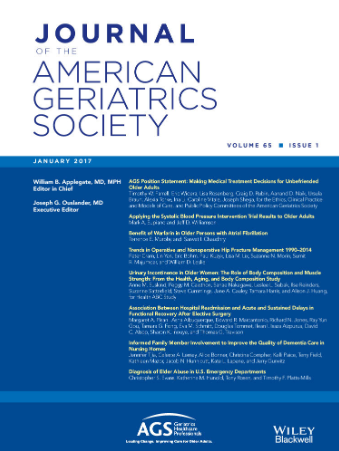Behavioral symptoms and treatment challenges for patients living with dementia: Hospice clinician and caregiver perspectives
Abstract
Introduction
Dementia affects one in three older adults over age 85 and individuals with dementia constitute the fastest growing population of patients entering hospice care. While cognitive impairment is the hallmark of dementia, behavioral symptoms are reported in nearly all patients with advanced dementia, contributing to both the complexity of end-of-life care and caregiver burden.
Methods
This qualitative study involved semi-structured interviews with prescribing hospice clinicians and caregivers of patients living with dementia who previously received hospice services. Interviews included questions regarding common behavioral symptoms observed at end of life, side effects of benzodiazepine and antipsychotic medications, perceived effectiveness of medications used, and non-pharmacologic treatment strategies. Data from audio-recorded sessions were transcribed, coded to identify relevant concepts, and reduced to determine major themes.
Results
A total of 23 hospice clinicians and 20 family caregivers participated in interviews. Agitation, including physical and verbal aggression, irritability, and anger, was identified as the most concerning behavioral symptom of dementia at end of life; when discussing agitation, clinicians focused on the safety of the patient living with dementia and others, while caregivers were concerned because they perceived it as a change in personality of their loved one. When using antipsychotics and benzodiazepines to address behavioral symptoms, caregivers viewed sedation as a concerning side effect, while clinicians were less concerned and noted this as an anticipated outcome of treatment. Overall, family caregivers perceived medications as more effective than clinicians. Finally, non-pharmacologic interventions are generally preferred over pharmacologic treatments, but were reported as difficult to implement.
Conclusions
Study findings can help to inform dialogue between hospice clinicians and caregivers regarding anticipated behavioral changes, as well as risks, benefits, and limitations of medication treatment options for behavioral symptom management. Further work is needed to understand the appropriate level of use of psychotropic medications for end-of-life dementia care.


 求助内容:
求助内容: 应助结果提醒方式:
应助结果提醒方式:


